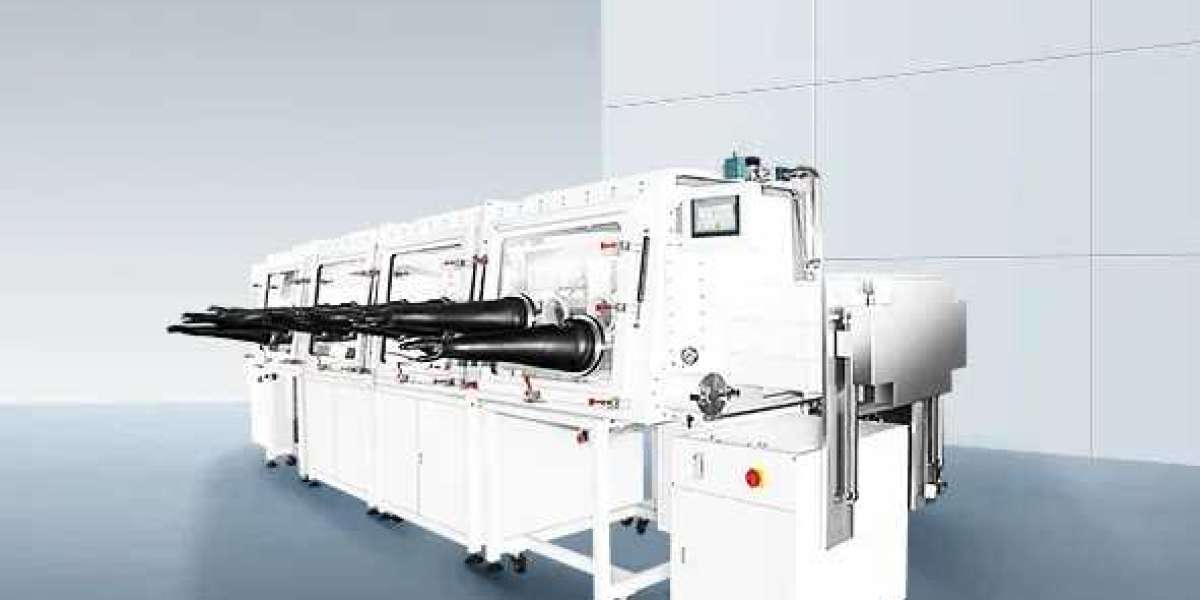- The new technical direction for All-Solid-State Batteries (ASSBs) has been determined, with the sulfide route favored by leading enterprises.
ASSBs, featuring higher energy density and better safety, have attracted significant attention and investment from various sectors. On the one hand, mainstream companies are accelerating their entry into the field, spanning from automakers to battery and material suppliers, forming a collaborative force across the entire industry chain, with a clear trend towards new technologies. On the other hand, given the global competition and the pursuit of high-quality development in lithium-ion batteries, the development of solid-state batteries holds strategic significance and is likely to receive policy support. The core of ASSBs lies in solid electrolyte materials, among which sulfide-based solid electrolytes are considered the most promising for meeting the demands of electric vehicles and potentially achieving commercialization due to their high room-temperature conductivity and strong processability. Consequently, they have garnered the favor of leading Chinese and overseas enterprises such as Toyota, Samsung, and CATL, poised to become the mainstream technical route for ASSBs.
- Sulfide electrolytes account for a significant proportion of value, with lithium sulfide as the core raw material offering considerable cost reduction potential.
Among sulfide electrolytes with different crystal structures, LPSCl, a sulfur-silver-germanium-type electrolyte, emerges as a favorable choice for sulfide-based ASSBs, considering factors such as thermal safety, cost, and process maturity. Lithium sulfide, a crucial raw material for synthesizing LPSCl electrolytes, is currently produced mainly through mechanical ball milling, high-temperature reduction, and solvent methods. These processes are demanding in terms of temperature, moisture, and energy consumption, resulting in high prices for lithium sulfide, which accounts for nearly 80% of the cost of sulfide-based solid electrolytes and is the core of the value chain for sulfide-based ASSBs. In the long run, optimizing the synthesis process of lithium sulfide will be crucial for cost reduction in sulfide-based ASSBs. If the price of lithium sulfide drops from the current approximately 4.8 million CNY/ton to 300,000 CNY/ton, the bill of materials (BOM) cost of the battery could potentially decrease by over 70% to 0.61 CNY/Wh.
- ASSBs have vast long-term potential, and sulfides are poised to embrace developmental opportunities.
As a truly revolutionary new technology, ASSBs still face a series of challenges in achieving mass production and application. Based on the RD and mass production plans of major companies, we believe that ASSBs are expected to enter mass production in 2027 and begin a cost reduction trajectory from 2030. We anticipate that early ASSBs will likely be applied first in consumer electronics, aerospace, and high-end electric vehicle markets, with penetration rates in power batteries and consumer batteries reaching 2% and 10% respectively by 2030, corresponding to shipments of 85.8GWh. By then, sulfides are expected to be the primary technical route for ASSBs, ushering in leapfrog development opportunities from scratch.
Currently, the mainstream solid-state electrolytes are divided into three major categories: polymers, oxides, and sulfides.
Among them, polymer solid-state electrolytes exhibit excellent film-forming properties but suffer from excessively low ionic conductivity at room temperature, making them insufficient for standalone use. Oxide solid-state electrolytes are insensitive to water and oxygen and possess moderate conductivity. In the past, due to their advantages in thermal stability, high electrochemical window, and low material cost, oxide solid-state electrolytes have become the mainstream choice for domestic teams and have been integrated into semi-solid batteries for early adoption in vehicles. However, their interfacial contact issues with electrode materials constitute a non-negligible weakness, and their ionic conductivity also poses significant limitations on the fast-charging performance of batteries. For instance, the first-generation semi-solid battery launched by Shanghai Automotive Group Qingtao is a 2C fast-charging battery. By retaining 5-10% liquid content in the electrolyte, adding polymers to the oxide electrolyte to form a composite electrolyte, and coating the nanoscaled composite solid-state electrolyte film on the electrode sheets, the goal of enhancing ionic conductivity is ultimately achieved. As traditional liquid batteries begin to break through to 6C charging rates, the development path of oxide electrolytes remains unclear.
Sulfide solid-state electrolytes are considered strong contenders in all-solid-state lithium batteries due to their excellent processing properties and extremely high ionic conductivity.
Compared to oxide solid-state electrolytes, sulfide solid-state electrolytes have lower synthesis temperatures, lower Young's modulus, making them easier to process and densify. They also exhibit better interfacial contact with cathode and anode materials, achieving higher ionic conductivity after powder cold pressing into sheets. Nevertheless, sulfide electrolytes face challenges such as instability in air and high synthesis costs. Since sulfides rapidly hydrolyze to generate toxic gases when exposed to air, electrolyte synthesis must be conducted in an inert atmosphere, leading to high costs in research and development, manufacturing, transportation, and storage.
With their prominent ionic conductivity, the industry's focus is shifting towards sulfide-based electrolytes.
On April 28, 2024, Wu Kai, Chief Scientist of CATL, first detailed the research and development progress of its all-solid-state battery during the CIBF2024 Advanced Battery Frontier Technology Seminar, revealing the adoption of sulfide solid-state electrolytes. Prior to this, the sulfide route was primarily favored by overseas companies, including Japanese and Korean enterprises like Toyota and Samsung, as well as some European and American firms such as Solid Power and Svolt Energy. These companies have successfully manufactured 20Ah sulfide all-solid-state batteries, and Solid Power, Samsung, and Nissan have begun constructing pilot production lines for sulfide all-solid-state batteries. Meanwhile, the sulfide route has also garnered academic attention. Sichuan New Energy Automobile Innovation Center, backed by the team of Academician Ouyang Minggao, is at the forefront of all-solid-state battery research and development, also embracing sulfide all-solid-state batteries as the technological direction for the next generation of batteries.








